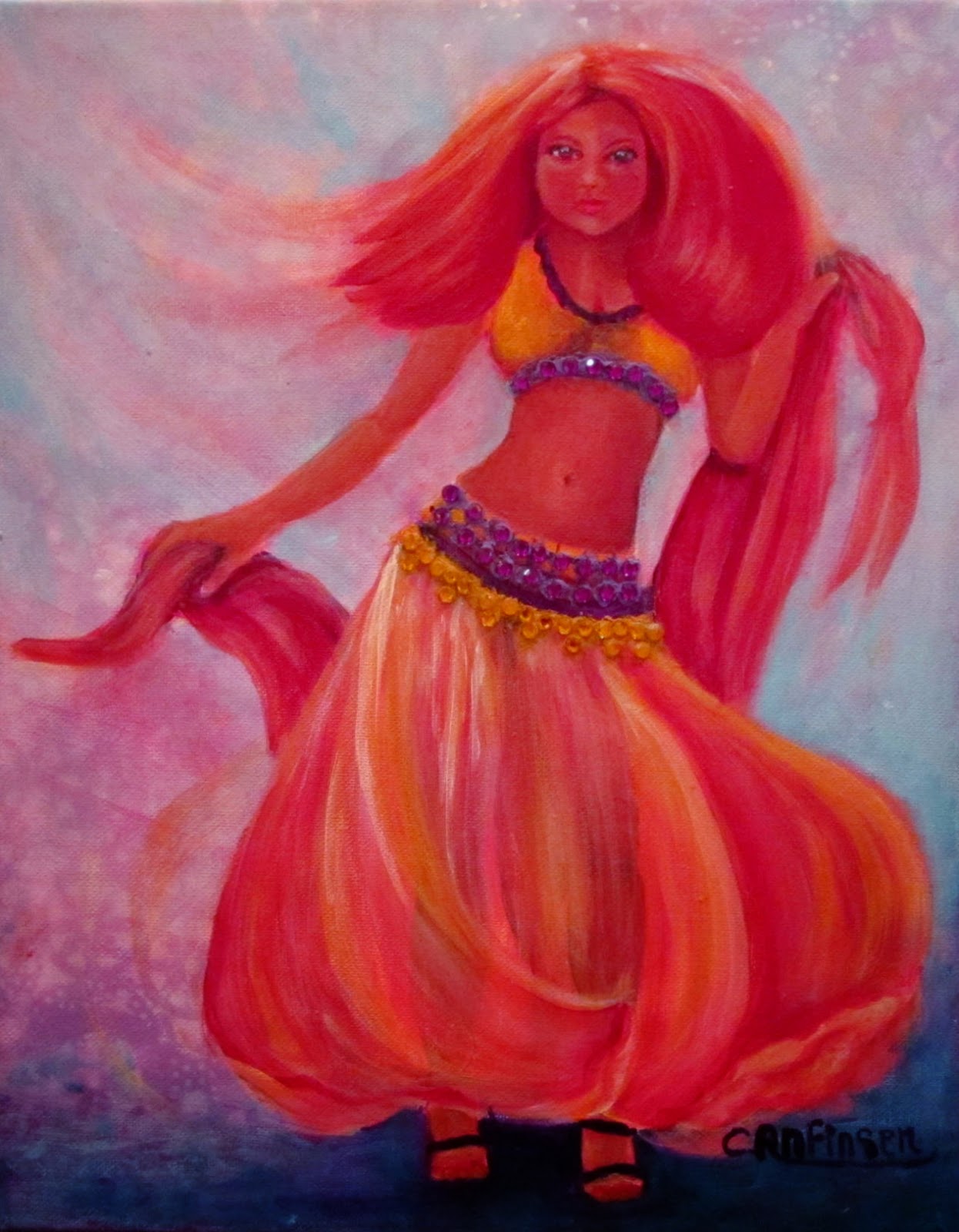 |
| (The wide open spaces of the West -- original photo) |
Space – there’s so much of it! We want to explore it, name it, and conquer it.
Our curiosity knows no bounds when it comes to defining, understanding and
controlling our vast universe.
Personal space
makes us feel comfortable and safe. If someone invades that area or gets too
close, we pull away. Space helps define the parameters we use in dealing with
other people. We use different constraints with family members than we do with
friends. The restrictions widen when we deal with strangers or other people
socially or in a business setting.
In a crowded room
or a queue of people, we may feel confined, but we deal with it. There are
checks and balances constantly at play as we learn what is acceptable or
tolerable. Sometimes there are no choices like on a crowded bus or waiting in
line at the theater. This is when restraint and caution must help us
counterbalance the situation.
 |
| "Fish Market" mixed media on canvas |
Artists must
control the space on their canvas and define its boundaries. Space can enhance
distance and size, and help to explain shapes, objects and lines. To illustrate
this point, a simple drawing of a tree is much easier to define when you focus
on the space between the branches and in the background, not on the shapes in
the foreground. The detail and the busyness can clutter your mind and vision.
When you focus on the large and simple spaces and objects, clarity comes at
once. Details should always come later.
Shadows may be
defined, by analyzing the patterns of light on the ground. These shapes usually
consist of circles or oval shapes between the leafy branches that are cast by
the sunlight. Elongated shadows become shapes unto themselves as do the light
spaces between them and surrounding them.
 |
| "Belly Dancer" 11x14 acrylic on canvas (with jewels) |
When I created
the “Belly Dancer’ I wanted her hair and costume to create movement. In order
to achieve this, her hair had to move in the same direction as her hips, and
her skirt had to swing in the opposite direction. Faded, extended color from
both gives the feeling of motion. The space between her arms and around her
body help to define that movement.
When my children
were taking piano lessons, their teacher taught them about phrasing. Phrasing
is like taking a breath between sentences or musical phrases. Phrasing helps to
define the music in much the same way that space defines a painting.
Once your center
of interest has been chosen, everything within the painting must draw the eyes
to that point. The space on your
canvas may also help you control eye movement. The adage “All roads lead to
Rome” applies to the spaces, shapes and values of color on your map or canvas.
“All roads lead to the center of interest.” If they do not, something is wrong
with your composition.
 |
| (Belly Dancer - work-in-progress) |
Gauge how your
eyes travel and what they are drawn to. Too many colors and lines, or too much
light may scatter your vision and allow your eyes to fly off the canvas. Fix
it! There must be no distractions. Your composition must hold together and have
continuity of purpose and direction.
White space on a
page allows the reader’s eyes to breath or rest. In a painting, at some point,
the viewer’s eyes must rest on the center of interest. That rest gives him or
her pleasure, and keeps them from getting bored or wandering off to another
painting that may better hold their interest.
 |
| A highway divides the "Great Salt Lake" |
No comments:
Post a Comment